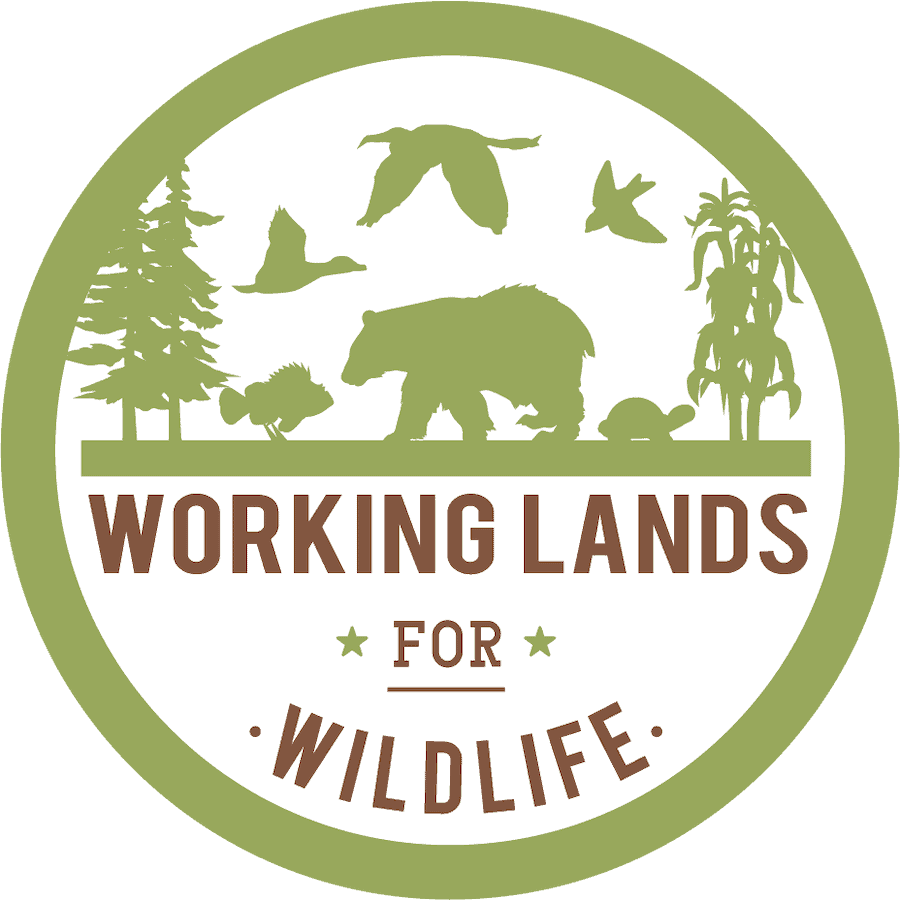-
 Maryland 644: Wetland Wildlife Habitat Management
Maryland 644: Wetland Wildlife Habitat Management
-
This practice is supplemented with other wetland standards to provide financial assistance in the management of a wetland for wildlife habitat.
Located in
Information Materials
/
NRCS Conservation Practices & Materials
/
Conservation Practices
-
 Delaware 644: Wetland Wildlife Habitat Management
Delaware 644: Wetland Wildlife Habitat Management
-
This practice is supplemented with other wetland standards to provide financial assistance in the management of a wetland for wildlife habitat.
Located in
Information Materials
/
NRCS Conservation Practices & Materials
/
Conservation Practices
-
 Virginia 658: Wetland Creation
Virginia 658: Wetland Creation
-
This practice is utilized when building a wetland in an area that was not historically a wetland. If a site has non-hydric soils, this practice is used in the creation of wetland features including shallow water wetlands for waterfowl.
Located in
Information Materials
/
NRCS Conservation Practices & Materials
/
Conservation Practices
-
 Virginia 657: Wetland Restoration
Virginia 657: Wetland Restoration
-
This standard consists of returning a wetland and its functions to a close representation of its original condition prior to being disturbed. It applies for areas with hydric soils that have been converted to non-wetland by filling, draining, or other hydrology changes.
Located in
Information Materials
/
NRCS Conservation Practices & Materials
/
Conservation Practices
-
 Virginia 645: Upland Wildlife Habitat Management
Virginia 645: Upland Wildlife Habitat Management
-
This practice consists of the management of food, cover, and shelter for wildlife which can be utilized for waterfowl nesting habitat.
Located in
Information Materials
/
NRCS Conservation Practices & Materials
/
Conservation Practices
-
 Virginia 644: Wetland Wildlife Habitat Management
Virginia 644: Wetland Wildlife Habitat Management
-
This practice is supplemented with other wetland standards to provide financial assistance in the management of a wetland for wildlife habitat.
Located in
Information Materials
/
NRCS Conservation Practices & Materials
/
Conservation Practices
-
 Virginia 587: Structure for Water Control
Virginia 587: Structure for Water Control
-
This standard allows for the installation of a water control structure to provide the manipulation of water levels. The ability to control water levels in a shallow water waterfowl impoundment can allow for proper moist soil management techniques.
Located in
Information Materials
/
NRCS Conservation Practices & Materials
/
Conservation Practices
-
 Virginia 378: Pond
Virginia 378: Pond
-
This standard allows for an area to impound water through excavation or an earthen embankment. For waterfowl, a pond standard consisting of shallow excavation and a berm of no more than 3 FT is suggested.
Located in
Information Materials
/
NRCS Conservation Practices & Materials
/
Conservation Practices
-
 Virginia 356: Dike
Virginia 356: Dike
-
This standard allows for the construction of an earthen berm to assist in controlling water levels for waterfowl management.
Located in
Information Materials
/
NRCS Conservation Practices & Materials
/
Conservation Practices
-
 Virginia 338: Prescribed Burning
Virginia 338: Prescribed Burning
-
This practice is utilized as another method to control unwanted or invasive species, as well as promote early successional plant growth. Early successional moist soil plants are a vital dietary source for waterfowl and other wildlife species.
Located in
Information Materials
/
NRCS Conservation Practices & Materials
/
Conservation Practices























